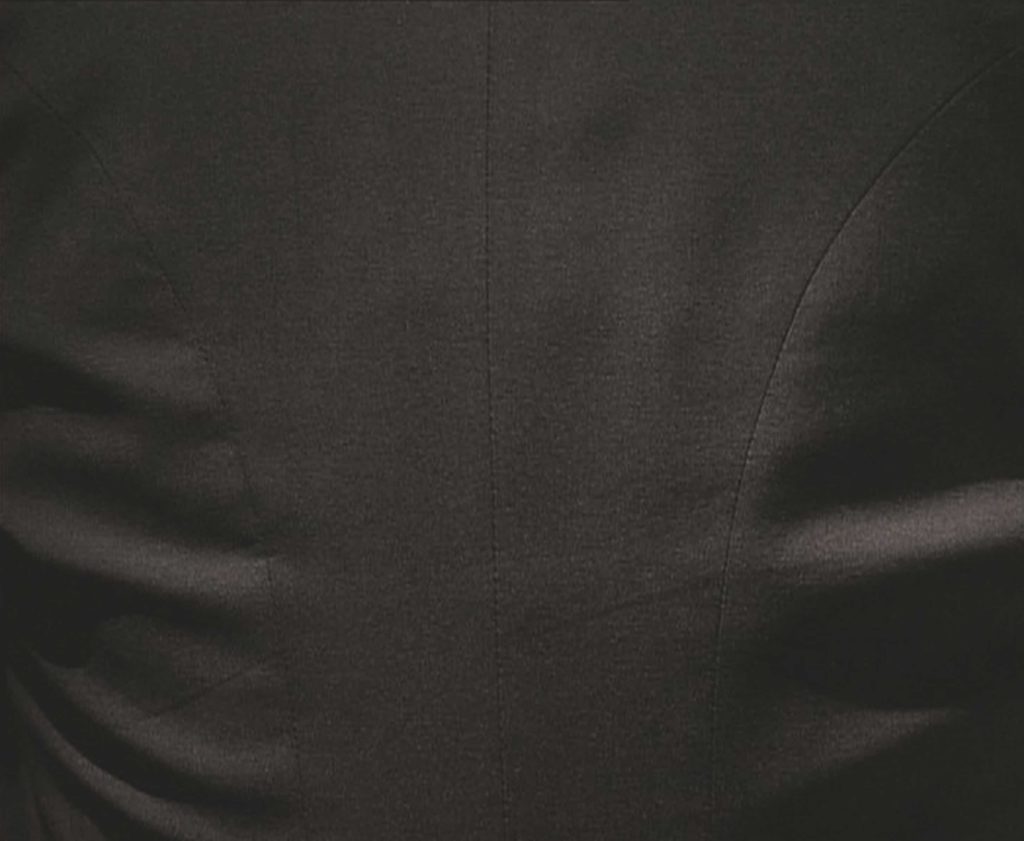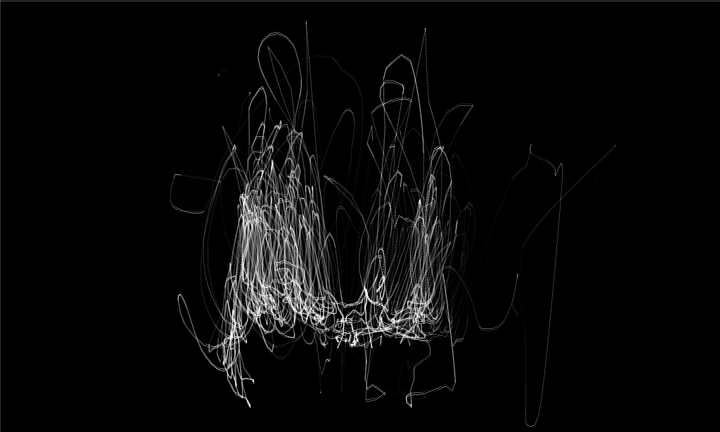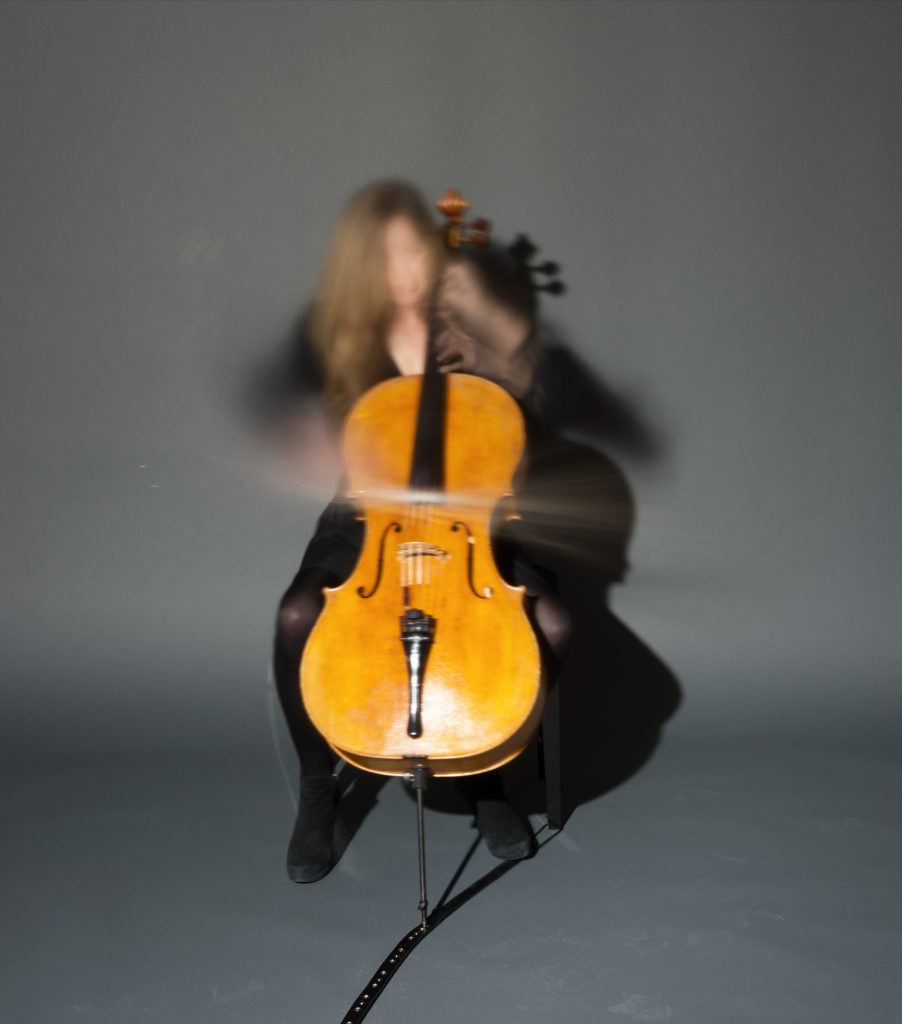EXPLOREMusic Room
Christoph Brech, Opus 110a, 2001
© Christoph Brech




“What interests me most, apart from the fact that the material in this film both veils and reveals, is the relationship between image and sound track. At times they are congruent, then again the image track is ahead of the sound track.”
CHRISTOPH BRECH
Christoph Brech, Nr. IV cis-moll, 2009
© Christoph Brech




“The most difficult thing for me was to determine the duration of the visibility of the two lines, to say their fading away.”
CHRISTOPH BRECH
Matthias Deumlich, Die spröde Flut [The Fickle Tide], 1999
© Matthias Deumlich

“The sound of a match being struck, slowed down by fifty percent, is the main sound in the installation. I use the movement of the rubber loudspeaker membrane to transmit the wavelike noise to water.”
MATTHIAS DEUMLICH
Charly-Ann Cobdak, Die Tschaikowskymaschine, 2010/2012
© Charly-Ann Cobdak

“The artistic implementation is like an adventure to unknown terrain, a game in which real people, places, events, and things are put together in a new context. Schiller coined the famous phrase: “A person only plays where it is human in the full sense of the word, and it is only completely human where it plays.”
CHARLY-ANN COBDAK
Martin Klimas, from the series Sonic Sculptures, 2011
Ludwig van Beethoven, Symphony No. 5; Johann Sebastian Bach, Toccata and Fugue d minor; Paul Hindemith, Ludus Tonalis; Soft Cell, Tainted Love; Terry Riley, A Rainbow in curved Air; Underworld, Born Slippy
© Martin Klimas






“Liquid color is positioned on a scrim over the diaphragm of a speaker – then, the volume is turned up. For each image, I select music — typically something dynamic and percussive from all genres and the vibration of the speaker sends the paint aloft in patterns that reveal themselves through the lens of the camera.”
MARTIN KLIMAS
Martin Klimas, from the series Sonic Sculptures (Carl Orff, Carmina Burana), 2011
© Martin Klimas

Michael Wesely, Cellist, 2013 (Johann Sebastian Bach, Prelude)
© Michael Wesely

“The question is simply: what can one see in the photographs? Or, to use his own words that succinctly define his personal, artistic position: Wesely is interested in seeing what »his camera has seen«.”
Jürgen Harten
James Webb, Untitled (Duet with one singer missing), 2020
© James Webb. On loan by the artist.

“The work involves a recording of Olivier Messiaen’s 1930 duet, “La mort du nombre,” with the tenor part removed. The reduction of the original composition engenders a situation where the soprano’s part is primary, and the narrative in the song’s dialectical lyrics are altered due to the absence of those of the tenor.”
JAMES WEBB





